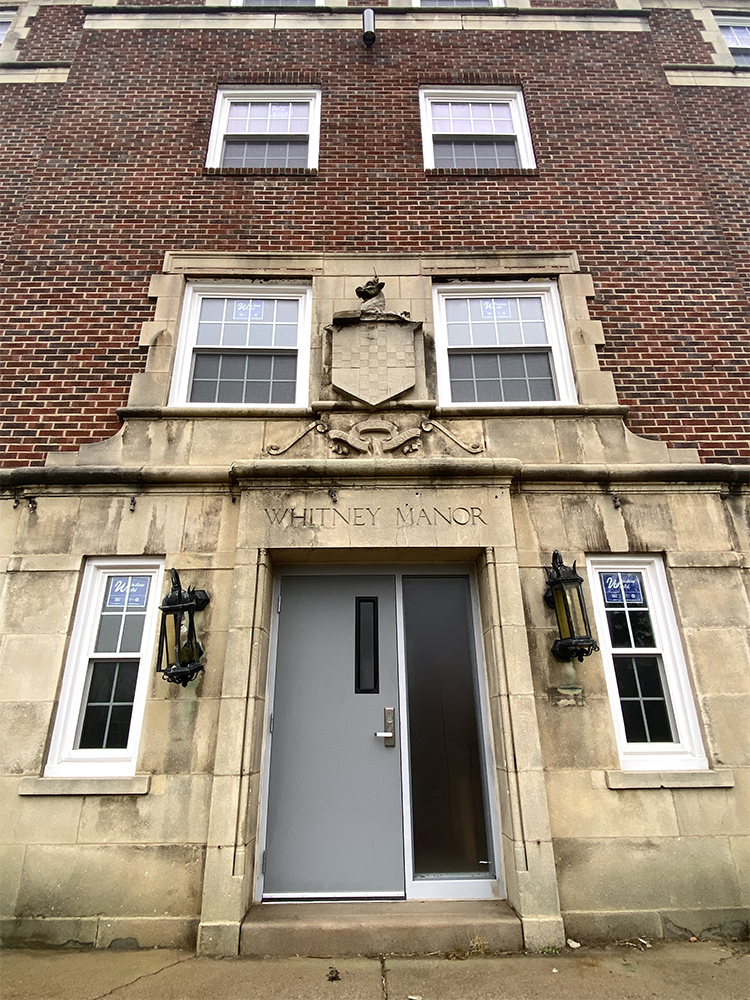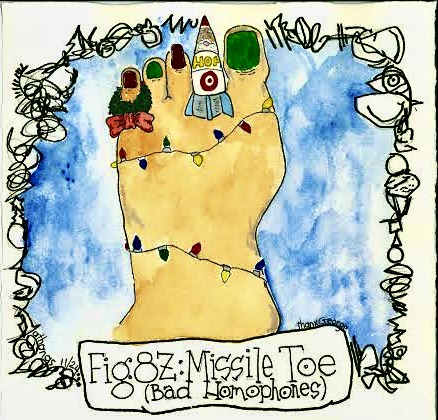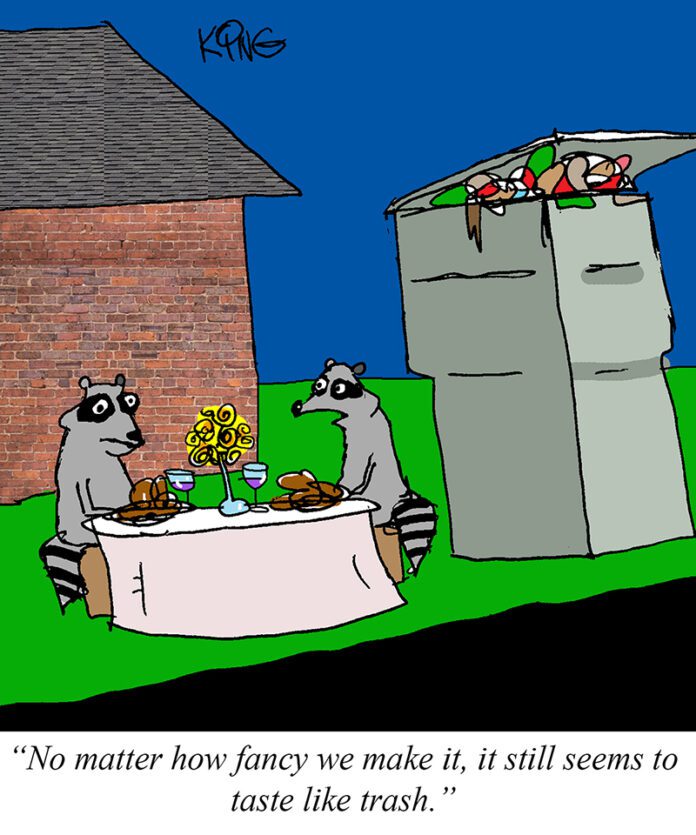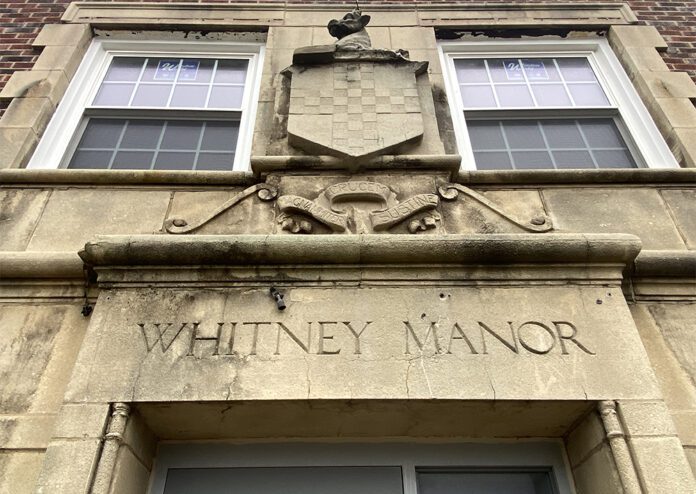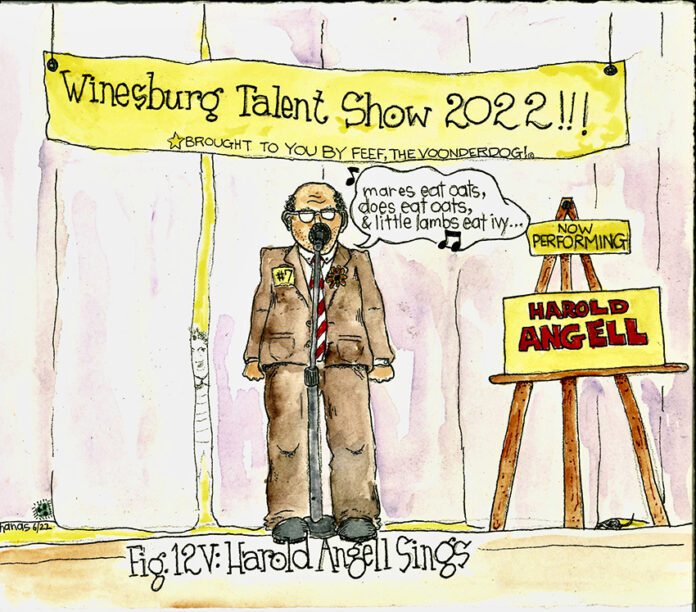Unorthodox Christmas movie list
A few years ago, my wife had the great idea of watching what we jokingly termed the ‘Not-So-Christmasy’ list. Since then, our tradition has caught on with friends and family. Some of those recommendations are listed below should you ever wish to veer off the beaten path.
Caveat – I must confront the elephant in the room and forego the obvious argument for Die Hard as a Christmas movie. Because deep down in the depths of our hearts, we can all acknowledge the 1988 action classic is the new gold standard for the holiday must-watch. I mean, is it really Christmas unless we see Hans Gruber fall from the peak of Nakatomi Plaza and see John McClane emerge victorious? I don’t think so.
Eyes Wide Shut (1999): Stanley Kubrick’s swan song has garnered heaps of praise and rebuke since its release for its cold temperament; matching the cool hues of the Christmas lights and décor, which fill almost each individual shot of the film (a technique of on–screen lighting Kubrick used in his films). Between the sexual doubt sown between Bill and Alice Hartford (played by Tom Cruise and Nicole Kidman) and Bill’s odyssey into the abyss, the film is a masterful tale about the pitfalls of marriage gone awry.
Stalag 17 (1953): An all-time personal favorite, this chamber piece from Billy Wilder portrays the lives of American POWs in the German camp of the title name. As Christmas approaches in 1944, the occupants of Barracks 4 play cat and mouse to find if there really is a spy hiding amongst them in the wake of a botched escape of two of their comrades. Led by William Holden as the acerbic and opportunistic Sgt. JJ Sefton (the role that nabbed him the Oscar), this beautifully scripted comedy/thriller builds to an unforgettable climax where the ultimate Christmas present is gifted at the feet of the camp commandant.
Bad Santa (2003): Speaking of Oscars, I will die on the hill that Billy Bob Thornton deserved a nomination for his performance as scuzzy con-man Willie T. Stokes in this early 2000s comedy gem from Terry Zwigoff. With the help of his hilarious counterpart, played by Tony Cox, Thornton looks to make one last score as a drunken mall Santa before retiring to a life of buggery and cirrhosis. That is, before meeting the adolescent Thurman Murman – arguably the most endearing slab of innocence put on screen.
Fanny & Alexander (1982): For Swedish auteur Ingmar Bergman, whose repertoire was heavy with themes of psychological despair, war and the psyche of the sexes, this late-career landmark may be the most life affirming film he ever made. Centering on the eponymous siblings, the film plays out in the dreamscape of childhood while traversing familial issues in the early 1900s. Having only engaged with Bergman’s work within the last decade, I expected the usual emotional sledgehammer but found this film to have a delicate touch, even given the similar terrain.
Batman Returns (1992): The argument for this being a Christmas film has been the sequel to the argument for Die Hard in recent years. Even as it’s the darkest of all the Batman movies, the themes and mise-en-scene are all in place for a favorable argument. From the Penguin (a brilliant Danny DeVito) and evil Max Schreck (Christopher Walken) as the Krampus of Gotham City, the belle falling into the exploding tree, Michelle Pfeiffer’s scene stealing role as the anarchic Catwoman and Michael Keaton’s Batman shoveling his hero complex through the snows of Gotham, the film proves a worthy sequel to the 1989 blockbuster.
Trading Places (1983): One-part A Christmas Carol and one-part satirical send-up of early 80s Reaganomics, this social experiment in class was the peak of director John Landis’ run that began with 1978’s Animal House. Dan Aykroyd as the soulless stockbroker is a masterclass in one-arc storytelling. Together with prime Eddie Murphy as the lowly grifter, Jamie Lee Curtis as the hooker with a heart of gold, and a strong comedic supporting cast, this film holds up to the test of culture due to its always timely comedic punches.
Black Christmas (1974): Lastly, a cult classic from director Bob Clarke, the same director who gave us A Christmas Story a decade later. The film’s plot is as simple as can be: an unnamed, faceless killer stalks sorority girls, mainly Olivia Hussey and Margot Kidder, while on Christmas break in a “the call is coming from inside the house” scenario. Taking its cues from both the Italian Giallo genre and the Alfred Hitchcock school of dread, this low–budget horror film was a great influence on later classics like John Carpenter’s Halloween (1977) and Friday the 13th (1980).
Toledo Firefighters Local 92 donates to MLK Kitchen for the Poor
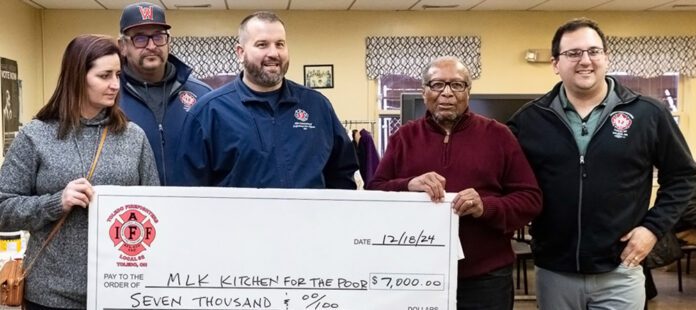

TOLEDO – The Junction neighborhood, just west of downtown, has been the focus of numerous revitalization efforts, but one of the lifelines to this community has stayed active since 1969.
The late reverend Harvey Savage Sr. didn’t need a sign from above to start feeding the poor; he looked out his back window.
“He was inspired by a man eating out of the garbage in the back yard,” recalled Harvey Savage Jr. “He invited the guy inside, and said, ‘We need to be feeding people.’”
Out of that moment, Savage Sr. decided to start the MLK Kitchen for the Poor.
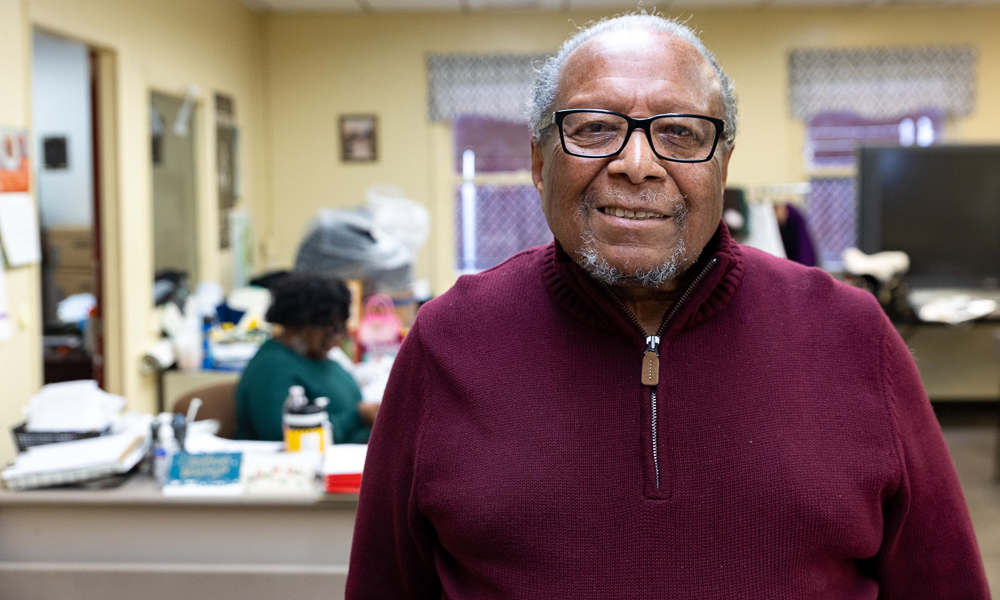
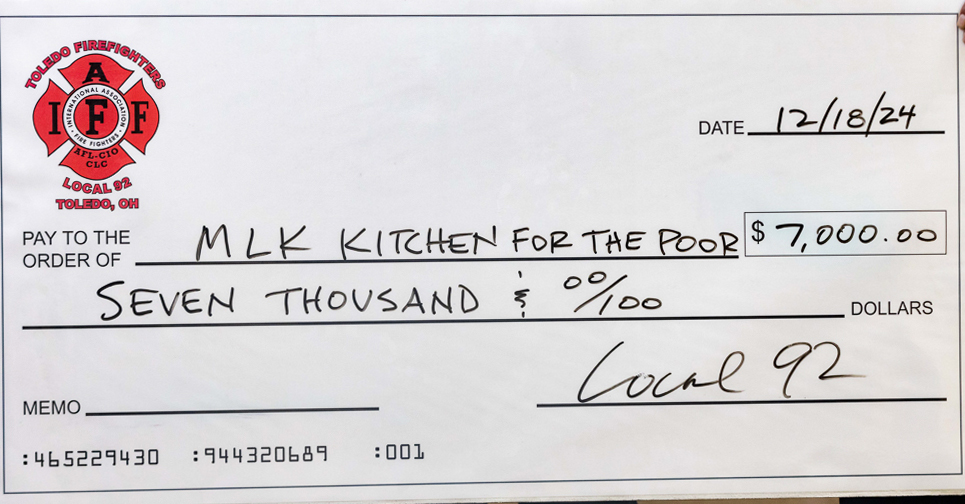

More than 50 years later, the mission is the same, but Savage Jr., executive director for the MLK Kitchen at 650 Vance St., said that it, “seems like the need is greater now than then.”
Savage, Jr. puts the rough estimate of the amount of people fed by the kitchen each day at 300, and the increased need in the community has been “somewhat gradual. You see more people you haven’t seen before.”
Seniors are the demographic he noticed were most affected. “To live off of social security is not enough with the cost of food and utilities,” he said.
To help offset the increased need, the Toledo Firefighters’ Union Local 92 donated $7,000 on Wednesday as the kitchen heads into a busy time of year.
“I can’t remember not getting a check [from the firefighters’ union],” Savage Jr. said, but noted this check was much more substantial than what the firefighters regularly give.
Generally, the union takes a percentage of the firefighters’ checks and uses the money to support numerous charities in Toledo with those funds.
Phil Moline, vice president for the Local 92, said that usually the amount is between $500-1000, but this year a retired union member’s mother passed away and allocated $3,500 to be given to the MLK Kitchen.
“He [the retired union member] asked for it to be given and matched,” Moline said. And the union was happy to help out.
“We go into a lot of homes and environments, so we know this neighborhood,” Moline went on to say. “We’ve always had a lot of people in this neighborhood, and we know this charity.”
The union body elected to match the $3,500 to the MLK Kitchen, and Savage Jr. said the funds would go to operating costs and paying utility bills for the kitchen.
“This is our backyard,” said Joe Cira, president-elect and current secretary treasurer of Local 92. “Their [the kitchen’s] margins are so thin, and they’re not a business. When the cost of groceries goes up it affects everybody else.”
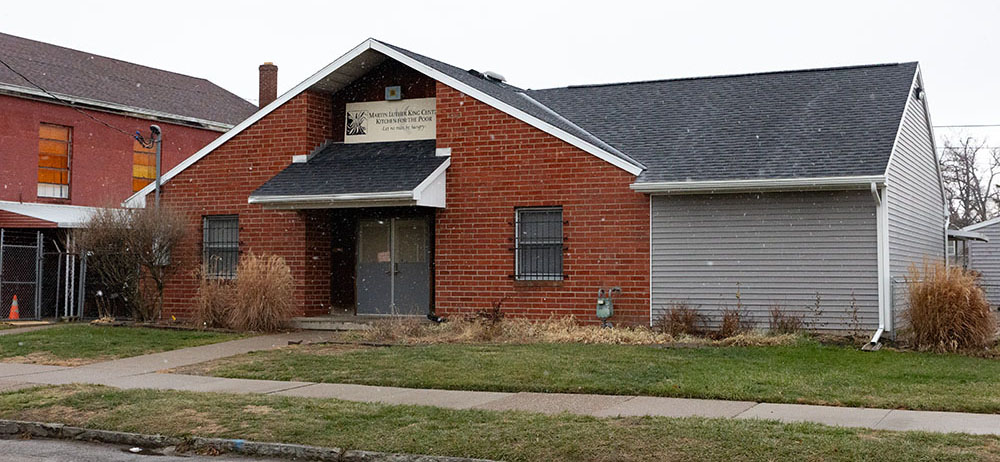

With that, Cira encouraged people to give to local charities and thanked the MLK Kitchen for their work in the Junction neighborhood.
“Firefighters have been great within the community, no matter what happens,” Savage Jr. said.
Food distributions occur Monday through Thursday, and the Kitchen is planning a large Christmas party on Dec. 23 at noon.
“All kids will get a gift, and we’ll have a Santa Claus,” Savage Jr. exclaimed.
To donate or volunteer with the MLK Kitchen for the Poor, go to kitchenforthepoor.org, reach out to them at 419.241.2596, or email them at mlk.kitchen@att.net.
RKP preserves historical buildings


Overmyer Lofts: Economic development winner
TOLEDO – Where are the places in your community that are important to you? That question has long been guiding (and perplexing) community development and planning leaders.
Most cities are comprised of a variety of communities – their downtowns, neighborhoods, suburbs and rural areas. But what actually defines those communities? And which communities take priority?


Matt Wiederhold, executive director of Heritage Ohio (and a Toledo resident), says that community is a combination of the people and places that are there. “Older buildings can bring that sense of place,” he said.
Preservation magazine editor-in-chief Dennis Hockman explains that while people are more important than the things in a community, “the spirit of the people – the heartbeat of the community – is in the old things.”
In the Toledo area, these community treasures are not difficult to find.
“People like buildings that are unique and historic,” Wiederhold said. His organization, Heritage Ohio, leads economic development and sustainability efforts around the state through preservation of historic buildings and promotion of cultural tourism. In addition, Heritage Ohio offers the Ohio Main Street Program to revitalize and improve downtown or central business districts around the state.
Improving our communities and neighborhoods
The Ohio Main Street Program helps cities improve all aspects of their downtown or central business district, including economic management, historic preservation and beautification, scaled to a community’s local resources and conditions.
In fact, Wiederhold wrote one of the first Ohio Main Street Program’s models about Toledo’s UpTown area (specifically the Adams Street area). Current area projects include Sylvania’s Red Bird District, the Defiance Development and Visitors Bureau and the Downtown Fremont project.
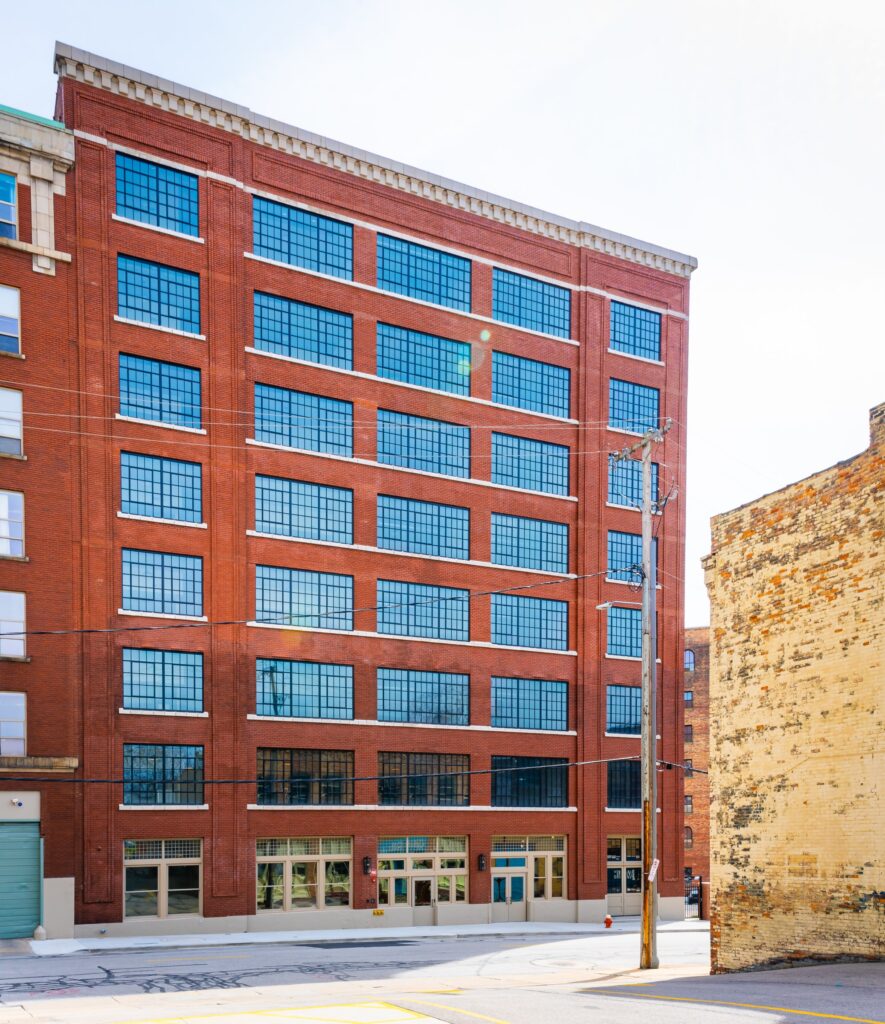



Heritage Ohio’s annual conference honors preservation projects with awards for commercial rehabilitation and other projects in large and small cities, along with craftspeople in the field.
Awards have been presented locally to St. Clair Village in 2005 for Best Commercial Rehabilitation, Scott High School’s 2012 renovation for Best Public/Private Partnerships, and an honorable mention for the Toledo Continental Baking Company in 2022 for Best Commercial Rehabilitation Project (large city).
This year, The Overmyer project in downtown Toledo was a finalist in the Best Commercial Rehabilitation Project (large city). Projects are evaluated on their creativity, impact on community, collaboration, adherence to national rehabilitation standards and quality of the final project.
The Overmyer luxury apartments in downtown Toledo is one of several projects developed here by RKP Group (Detroit), such as the Standart Lofts, the Berdan and Fort Industry Square, among others.
“We have invested $150 million in this community, creating 350 downtown apartments and 400 new jobs,” said Kevin Prater, RKP principal and a Toledo resident.
The Overmyer Lofts, which Prater says attracts the majority of its renters from outside of the city, earned a 2024 Preservation Merit Award from the Ohio Historic Preservation Office. The project is also the subject of a Lucas County lawsuit about renovation funds used in the project, which was the former Commerce Paper Co.


Preservation vs. renovation
“Preservation is very important,” said Wiederhold. “I look at an old building as a living structure. It can’t repair itself; it needs to be maintained. It is almost always cheaper to repair an existing structure.”
And in the 20 years Wiederhold lived outside of Toledo (he returned in 2001), he has seen many good projects happening, especially in the Warehouse District of downtown Toledo.
The city has also been involved in many renovation projects, such as converting the North Towne Mall and Southwyck Mall sites to industrial and commercial locations, gaining a $28 million grant for the RIVER East Toledo project and undertaking infrastructure improvements in several city neighborhoods.
Wiederhold remains steadfast about using existing buildings for renovation. “I’m thrilled that the city (of Toledo) values preservation, because once a historic building is gone, it’s never coming back,” Wiederhold said.
Prater agrees. “The future (of development) could be very bright in Toledo,” he said.
Toledo moves forward with sustainability
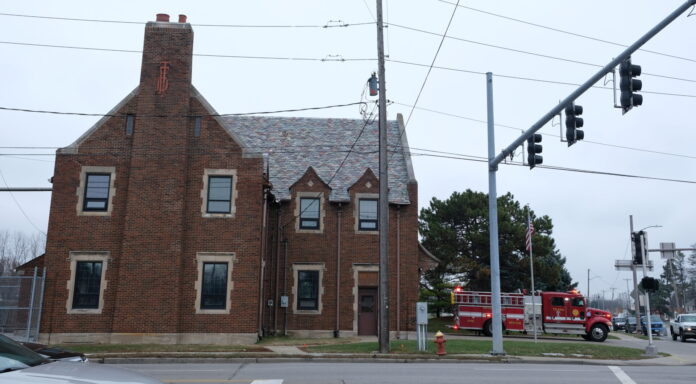

The sustainability manager for the City of Toledo, Dana Reising, recently discussed with the Toledo Free Press the various sustainability initiatives she’s currently leading.
FOOD COMPOSTING
Food composting is one of those initiatives. Launched a year ago, it has collaborative support with Metroparks Toledo, Keep Toledo/Lucas County Beautiful (KTLCB) and three Toledo city council members (Nick Komives, Theresa Gadus and Sam Melden).
The city has also partnered with GoZERO Services for a one-year trial program. GoZERO is a company that provides convenient food waste compost services and support.
“When we first started exploring GoZERO as a potential partner for our composting pilot program, they were an attractive option because they have worked with companies and organizations of all sizes,” Meldon said.
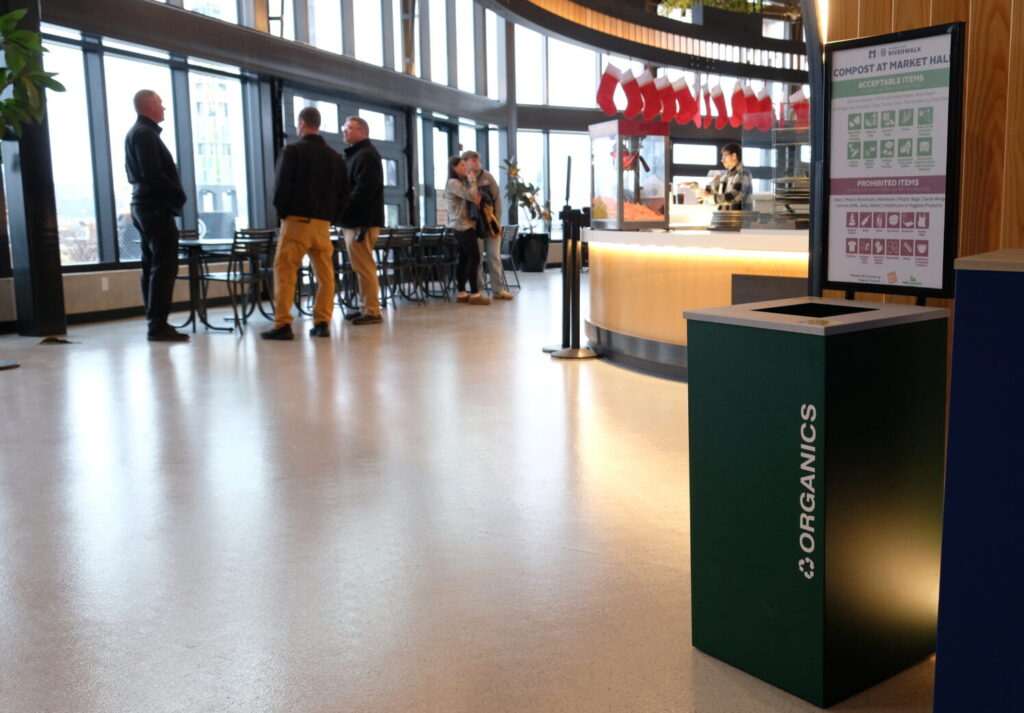

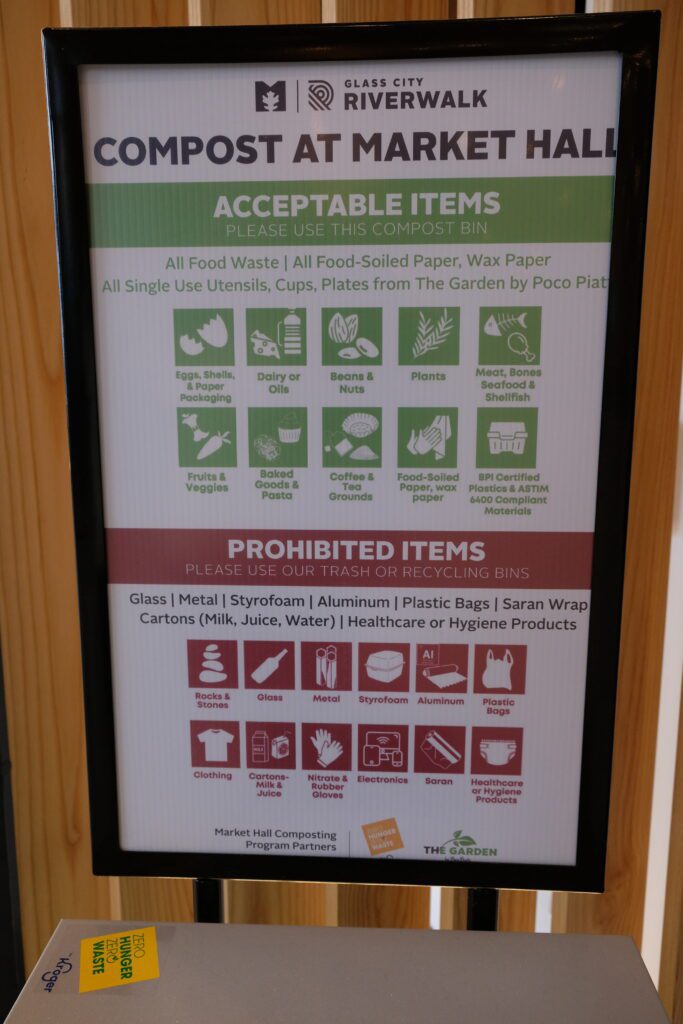

“The key to this pilot program is taking this in phases, and making sure we walk before we run. I hope this turns into a city-wide operation where everyone has easy access, but we have to prove the case first,” he noted.
Reising explained that composting is important because, “First of all, it makes you a lot more aware of how much food you are wasting. When I personally started composting this past year, I felt I have so much compost now; I need to garden more.
“And it made me think that I really need to be a lot more conscientious when I purchase food. Is this something that I will use in time, or will it go to waste?,” she said.
A massive amount of food is thrown away in the U.S. every year. In 2022, around 88.7 million tons of food were wasted, making up about 38 percent of the nation’s food supply. Individuals added to this waste primarily in restaurants, grocery stores and households. On average, each person threw out 349 pounds of food in 2022.
Reisling then mentioned that food waste that gets landfilled produces methane, and methane emissions from human actions cause 30 percent of global warming. Methane is a greenhouse gas with 80 times the ability to trap heat as compared to carbon dioxide during its first two decades in the atmosphere. According to the EPA, nearly 60 percent of landfill methane emissions are from food.
She added that you can also use the compost for plants that sequester carbon, so it helps with the whole carbon cycle.
The three sites for the composting drop off program are located at:
- Swan Creek Preserve Metropark
- Glass City Metropark
- Toledo Botanical Garden Metropark
Keep Toledo Lucas County Beautiful has instructions about how to participate in this program at Composting.
Reisling said she is very enthusiastic about this program and that’s it’s been going great. During its first year, the program diverted more than 60,000 pounds of food waste.
“2025 will be the second year of the pilot program. We are looking at options for making it permanent,” she noted.
CLIMATE ACTION PLAN
Another topic we covered was the Climate Action Plan. This plan outlines clear steps and goals for Toledo to lower greenhouse gas emissions and prepare for climate change effects. Reisling is the project manager for this effort.
“We hired Nutter Consulting to help us with developing the plan. We did a comprehensive plan review, so we looked at all of the projects and plans that the city has already completed and projects that we’re already implementing. And then we worked on doing a greenhouse gas inventory – this is getting close to final draft stage,” she explained.


“We also had an internal visioning workshop, in which we brought city leaders and directors together and asked them initial questions about climate action and sustainability in their roles,” she continued. “They provided input on what they have already accomplished and what they wish to accomplish in the future.
“Now, we’re compiling that information and taking note of the ideas that received the most votes and the most consensus to begin outlining a plan,” which should be completed in 2025.
Other Ohio communities that have developed Climate Action Plans include: Cleveland, Columbus, Cincinnati, Akron, Dayton and Bowling Green.
PURCHASING EVs TO REPLACE THE CITY’S OLDEST VEHICLES
At a recent Toledo city council meeting, Komives, assisted by his legislative aide Evan Snapp and Reising, presented a resolution (R-583-24) to replace the city’s oldest vehicles with electric ones.
And on Wednesday, that resolution declaring the intent of the Toledo City Council to replace the City Fleet’s oldest, least efficient vehicles with efficient and cost-effective Electric Vehicles passed with unanimous city council support.
Research has shown that EVs are cheaper to run and cost less to maintain. “A 2023 Consumer Reports study concluded that owning an EV can save drivers between $6,000 and $12,000 over the vehicle’s lifespan, compared to a similar gas-powered model.”
Columbus, Cincinnati, Dayton and Dublin have electric vehicles in their fleets. The Bowling Green police division uses hybrids.
Not mentioned in the discussion of this resolution is the reality that the exhaust from gas powered vehicles is a health hazard. 17,000 – 20,000 people are killed annually in the U.S. by this toxin.
ENERGY EFFICIENCY
Reising discussed that a greenhouse gas inventory in 2023 showed that at lot of excess gas emissions were from the city’s facilities due to inefficient use of electricity and natural gas. She indicated that they were considering several projects to address a few of the community centers and fire stations in need of work.
“There are also some buildings that the city has that have original electrical and the roof has failed, so we’re trying to get these buildings back in healthy operating condition, and then maybe we will start looking at things like renewable energy heat pumps,” she said.
Reisling also indicated that one of the other issues they are working on right now is converting to LED lighting.
“That’s done a lot of good … so far. They are also making sure that our buildings are well insulated and considering other strategies, like perhaps when it’s time to replace the roof, we make sure it’s a white roof to save energy, or even looking to potentially doing green roofs,” she suggested.
Grant helps renovate Whitney Manor
TOLEDO – Unison Health has received a $300,000 grant to renovate Whitney Manor, not only saving a part of Toledo’s architectural history, but also – and more importantly – saving lives.
Unison will use the grant, received from Ohio’s One-Time Strategic Community Investment Fund, to provide permanent supportive housing for unhoused individuals with chronic mental illness.
“By addressing the root causes of homelessness, such as untreated mental illness and a lack of stable housing, we can make a real difference in the lives of those who are the most vulnerable,” explained Jeff DeLay, Unison’s president and CEO,
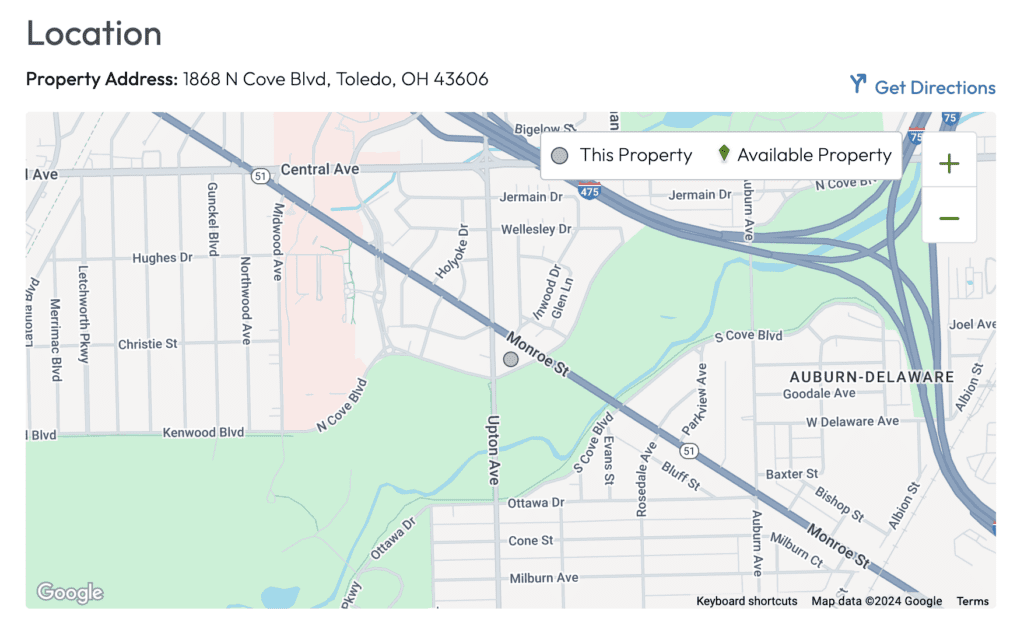

Unison acquired Whitney Manor, on North Cove Boulevard near the intersection of Monroe St. and Upton Ave., from the City of Toledo in 2023, and has been working with state and local officials to raise money for renovation and raise awareness of the need to provide supported housing.
At first, Unison lodged individuals in need there, but after a few months it became clear the roughly century-old building was unlivable. “We moved everybody into hotels for up to six months,” DeLay said. “We worked with every individual to get them into supported housing.”
In the meantime, other funds arrived, and Unison has put them to use. “We redid the roof, put in new windows and doors, updated the exterior lighting for safety,” DeLay said.
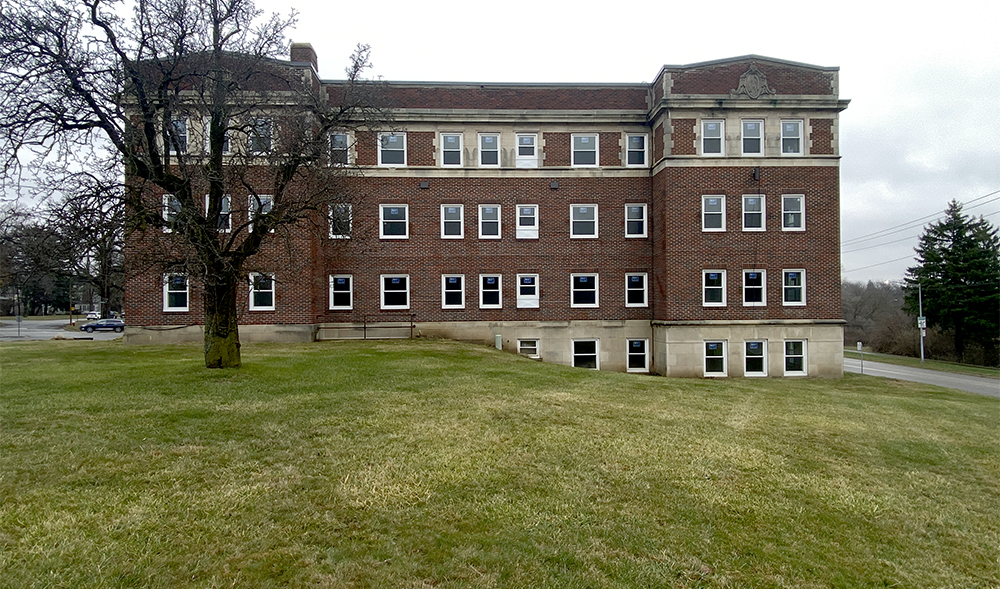

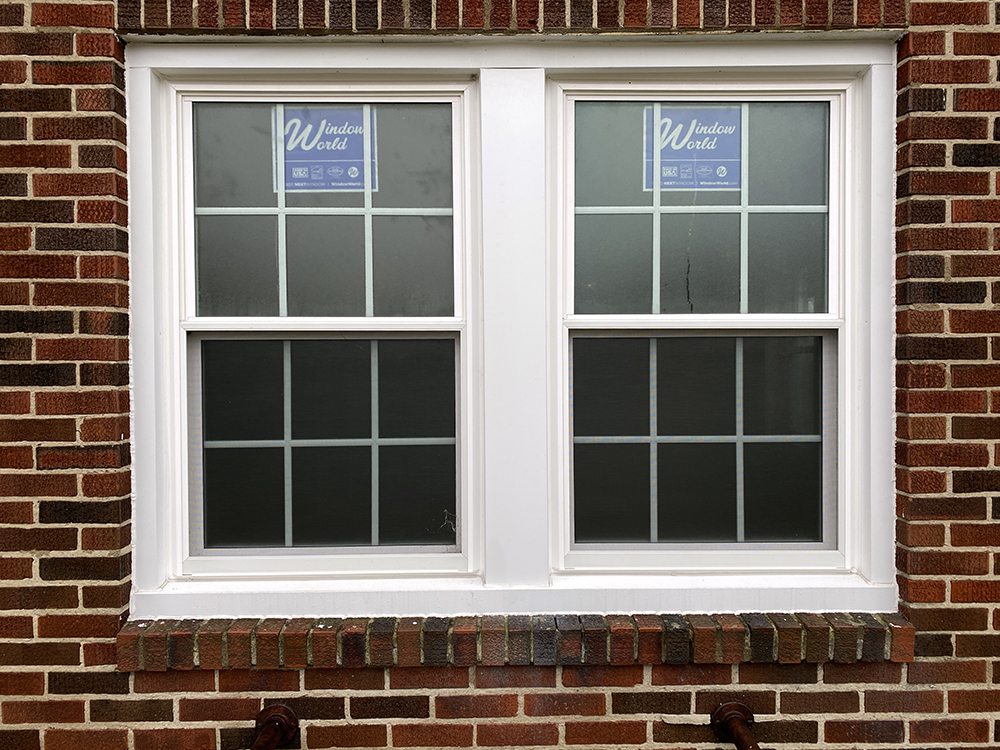

With the grant, he said there’ll be a full upgrade of all electrical components, plumbing, heating and cooling. The timeline is for work to begin in April and end in May of 2026.
“The bones are super strong,” DeLay said of the manor. “There’s a lot of character we want to preserve.” Yet, he said, “We made the decision to do a full interior renovation. It’s going to be a brand-new building on the inside.”
The plan is for the manor to house 20 individuals in 1,000-square-foot apartments, with Unison staff available “to help them take care of whatever needs they have – to support that individual to keep them living independently.”
Unison said Whitney Manor will provide a continuum of care that includes mental health services, substance use treatment and workforce skills training, all of which is an integrated approach to put individuals on a path toward recovery and stability.
The grant was awarded through bipartisan support from Northwest Ohio’s Senate and House lawmakers.
“I was proud to support Unison Health’s Whitney Manor project,” said State Sen. Theresa Gavarone (R-Bowling Green). “This project will be transformational and have a positive impact on the community for generations to come.”
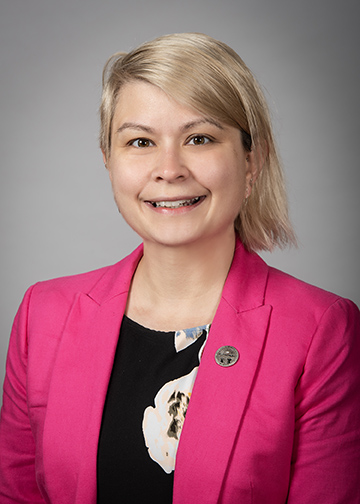

State Rep. Michele Grim (D-Toledo) said the project “is a welcome display of the state’s support for the continued preservation of historic communities and structures. It’s a fantastic opportunity that we can preserve this historic building while using it for the purpose of rehabilitation and housing. It is my hope that Whitney Manor will stand as an example for future opportunities.”
Grim added, “Many members of the General Assembly, regardless of party, understand the importance of supporting our most vulnerable Ohioans and how a lack of resources makes the road to recovery all the more difficult.”
More funds are needed, but DeLay said they are on the way. A $1.5 million grant is pending, and after the first of the year fundraising efforts will begin to secure $1 million to $1.5 million.
“Toledo has a lot of abandoned buildings,” he said. “We did not want this to be another.”
He added that Unison’s partnership with the city and other entities is significant. “This is an exciting project.”
DeLay said the project sends a message: “Let’s be creative and help some of the most vulnerable individuals in the community, but at the same time save the legacy of what made Toledo a beautiful city.
“It’s not just about renovating a hundred-year-old building, but raising the awareness of the homeless, especially during winter months.”
